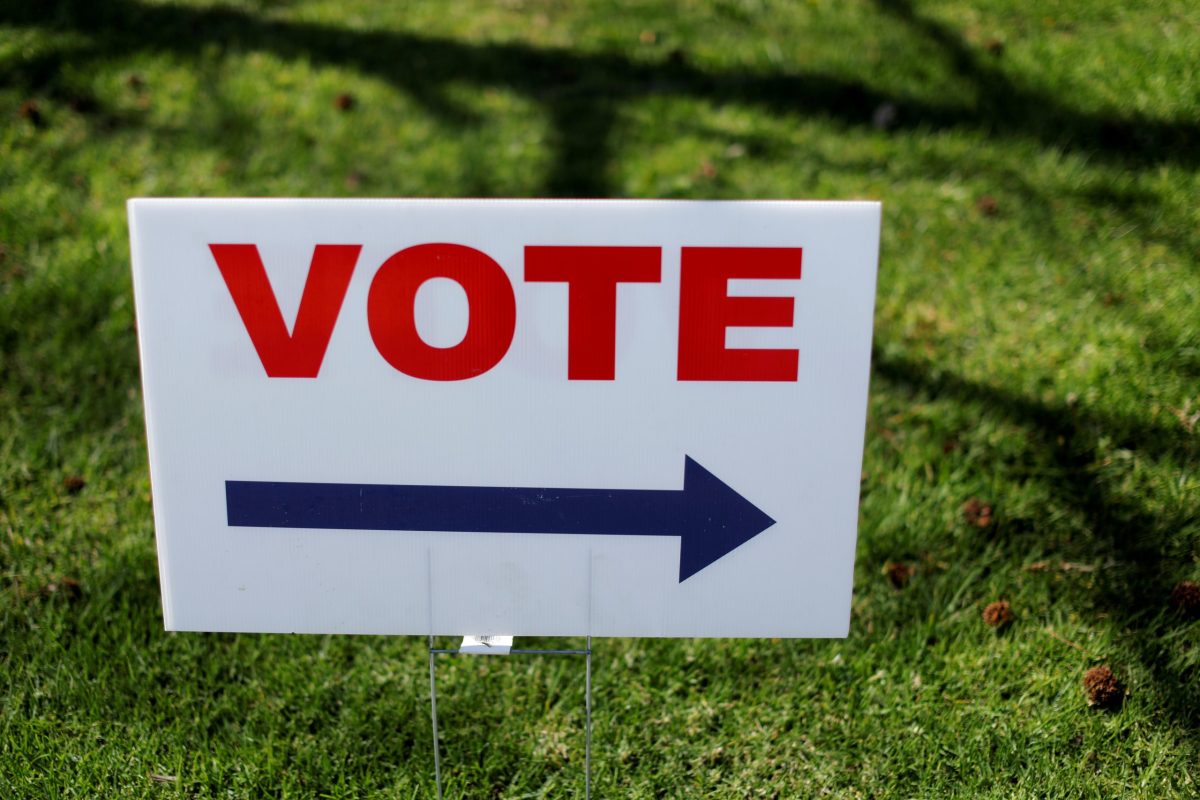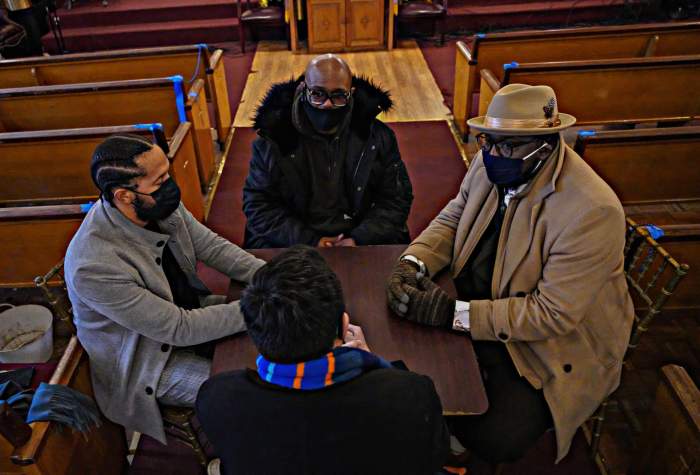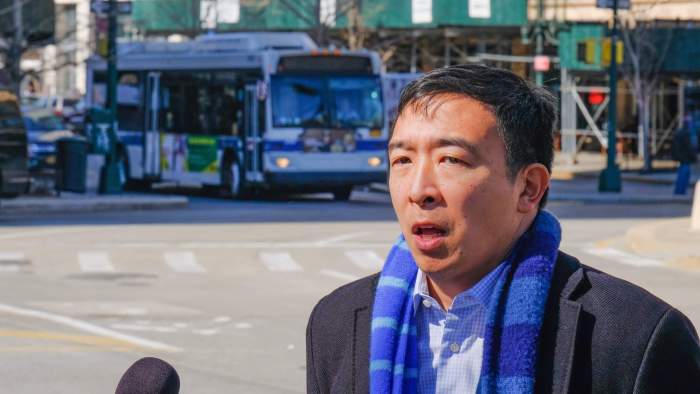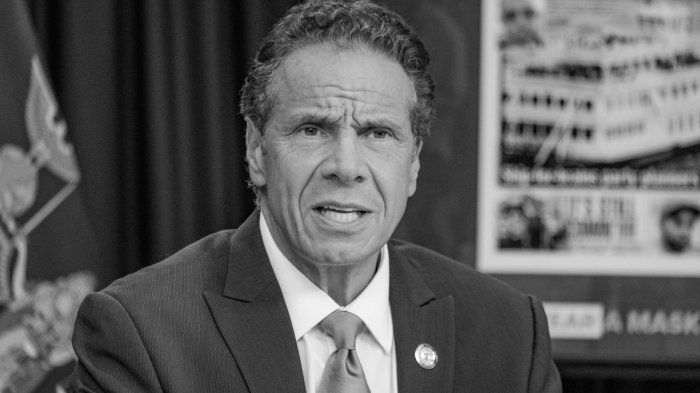By Patrick J. McGinnis, New York Co-Chair and Steering Group Member of the Leadership Now Project
It appears that nearly everyone who is suffering from FOMO (the Fear of Missing Out) on the chance to be mayor of our fair city has thrown their hat into the ring. With more than 40 contenders officially in the race, the field is as large and fervent as the throng on the Verrazano Bridge at the starting line of the New York Marathon. But this race is perhaps even more chaotic. From the establishment candidates to unconventional entrants like Paperboy LOVE Prince, a rapper and artist whose Instagram declares “I Love You,” there is something for everybody. Seriously, everybody.
Voters are spoiled for choice, but as New Yorkers, they expect nothing less. This is a city that fiercely demands variety, whether you’re picking a restaurant or finding the perfect book to read. The problem is that New Yorkers are also notoriously picky. You can spend hours scrolling through Seamless, debating who serves the best slice (RIP Famous Ray’s), or trolling the “18 Miles of Books” at The Strand but despite a city full of perfectly acceptable – or even fantastic options – you can spend so much time looking for the perfect option that you end up choosing nothing at all. That’s called FOBO, short for Fear of a Better Option, and it’s the reason that having so many good options can make choosing just one feel impossible.
How do I know? I coined the terms FOMO and FOBO back in 2004 in an essay for Harvard Business School’s student newspaper. Little did I know at the time, the words that so powerfully described the culture of my classmates and I would now apply so perfectly to New York City politics. But with a FOMO-fueled field so packed that it feels more like a Netflix queue than a political process, the upcoming June primary could be a perfect storm for FOBO, as voters avoid committing to a candidate in hopes that the perfect candidate comes along, even though no such person exists. It’s already happening: as of March 25, “Undecided” is polling at 50%, while the frontrunner Andrew Yang has of just 16% of likely Democratic voters.
Luckily, help is on the way in the form of RCV (Ranked Choice Voting), which makes choice a virtue, not a threat. Here’s how it works: Voters will rank up to five candidates (first choice, second choice, etc.) and once the polls close, ballots will be counted in rounds under what’s called an “instant runoff” system. At the end of each round, the last-place candidates will be eliminated, and their votes reallocated to each voter’s next choice based on their ranking. This process will be repeated until one candidate gets a majority of the votes and is proclaimed the winner.
With RCV, you can avoid FOBO by acting with your heart first and your head later. For example, you can rank a long-shot first-choice candidate who really excites you first while knowing that if that person is eliminated, your vote will be transferred to another candidate who is more likely to win. In that way, you are never forced to compromise. What system of voting could be better for famously uncompromising New Yorkers? As long as you rank more than one candidate – and you can rank up to five – you can have a greater say in this election than ever before.
RCV also helps to weed out candidates with divisive or extreme views that appeal to a minority of the electorate. A candidate that has strong factional support of just 30 to 40 percent of voters but is firmly rejected by the rest of the electorate will not accumulate enough voters during the process to win a majority. Instead, a rival candidate that has tried to appeal to a broader set of voters and thus is the first, second or third choice of the majority of voters will pick up support through the process. And while the winning candidate may not be the “first choice” of the majority of voters, he or she will have received affirmative support from the majority and will thus have a mandate to lead.
It’s important to note that the introduction of RCV has not been without challenges. After it was approved by nearly 75% of voters in 2019, RCV overcame a series of logistical and legal challenges before debuting in a February 2021 special election for City Council District 31in Queens. Since the city had not yet implemented tabulation software, the city conducted a time-consuming hand-count. Regardless, RCV did exactly what it was supposed to do: The ultimate winner, Selvena Brooks-Powers, won just 38% of the vote after round one but crossed 51%, and secured herself a mandate, after the ninth round of counting.
Despite concerns that RCV would be too new or too complicated to succeed at this most complicated of times, the Queens special election proved that voters are ready for more choice and less FOBO. There’s still more work to do in the run-up to June. The city must continue to push voter education and ensure a timely roll-out of new tabulation software. You can do your part by familiarizing yourself with the new ballot format and even practicing RCV with your friends with the rankedchoice.co online simulator. You can also encourage those in your circle to get to know more than one candidate in order to truly take advantage of the option to rank up to five individuals. And while you’re eliminating your FOBO, don’t hesitate to give in to a little FOMO. This election is too important to sit on the sidelines. Don’t miss out on your chance to help make New York City history.


















